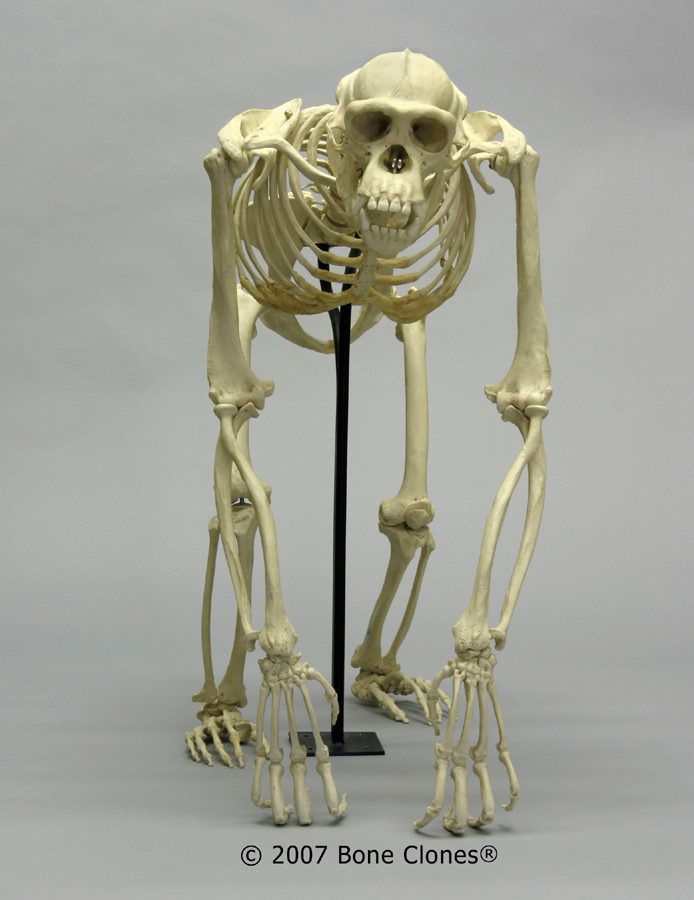

HS-LS1-2 Develop and use a model to illustrate the hierarchical organization of interacting systems that provide specific functions within multicellular organisms


Like a Fifth Hand The spider monkeys prehensile, or grasping, tail can support its entire body weight. Spider monkeys have evolved an extremely small thumb bone-a full-sized thumb would hinder their swinging. Comparative Anatomy: Hands of Humans and Chimpanzees Ronald Faulseit 132 subscribers Subscribe Like Share 1.4K views 3 years ago In this video, Professor Sonny Faulseit explains the differences. Students can label all of the bones or only a few bones, though I suggest using this handout as a way to discuss human evolution and how we are similar to non-human primates. When moving quickly through the trees, spider monkeys use their hands like hooks and swing from branch to branch. I created this handout to compliment an evolutionary lesson and video from HHMI on the “ Origin of Humans” which includes a video that explains how bipedalism evolved.Īnatomy students could also benefit from examining how structure relates to function, noting how the forelimbs of humans are shorter and the pelvis is more bowl-shaped to allow for an upright walking position.ĭirections are intentionally left vague to adjust for varying levels of difficulty. The interosseous muscles were also confirmed to be relatively larger in the chimpanzee. Furthermore, the panda thumb is the sixth finger on its hand If you watched the hand of a baby panda grow, you would see that the thumb develops from a wrist bone. Comparisons of the hand musculature of the measured chimpanzee with corresponding published human data indicated that the chimpanzee has relatively larger forearm flexors but smaller thenar eminence muscles, as observed in previous studies. The nasal bones in chimpanzee are short and flat long in orangutan and long and. The panda thumb is just one bone sticking out of the side of the hand. Primates are mammals which have grasping hands, large brains and high. Students label the bones of the skeleton and make comparisons between the forelimbs, hind limbs, and pelvis. The human thumb has joints and is made of many bones. Data from wild chimpanzees ( n 63 and 37 hand and foot bones, respectively) and humans ( n 146 and 71 hand and foot bones, respectively) are from the literature ( 9 ). This handout can be used in discussions on the evolution of bipedalism or in any unit on the skeletal system.


 0 kommentar(er)
0 kommentar(er)
